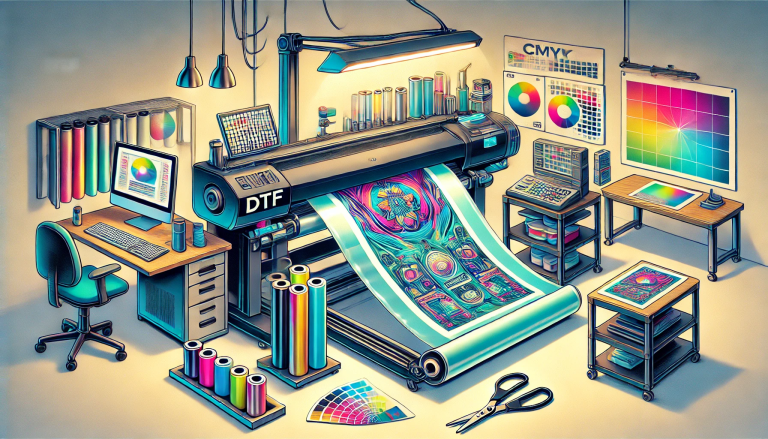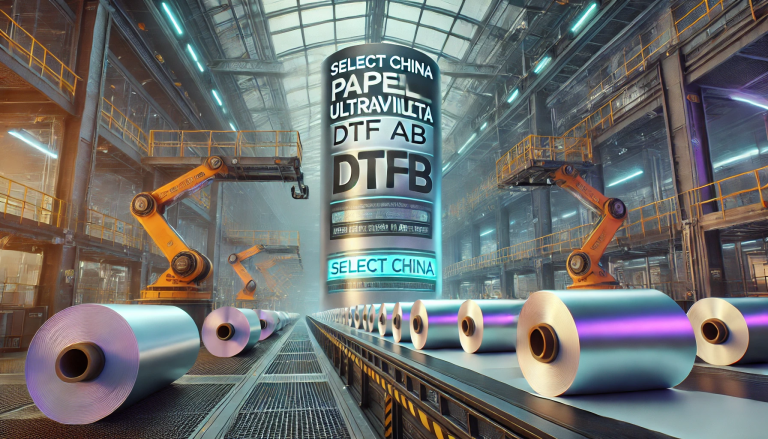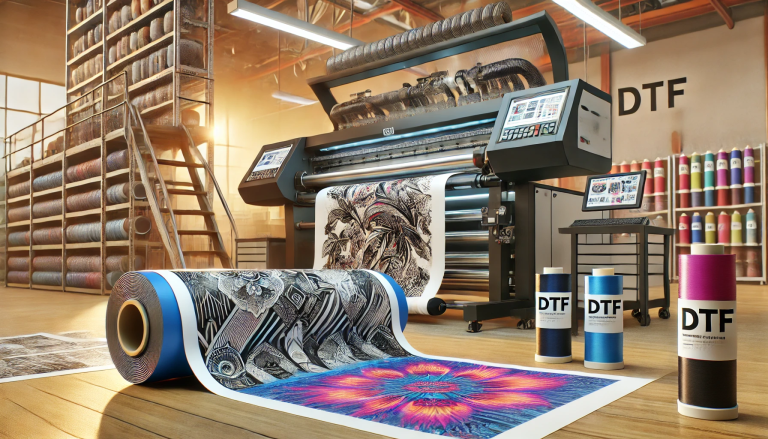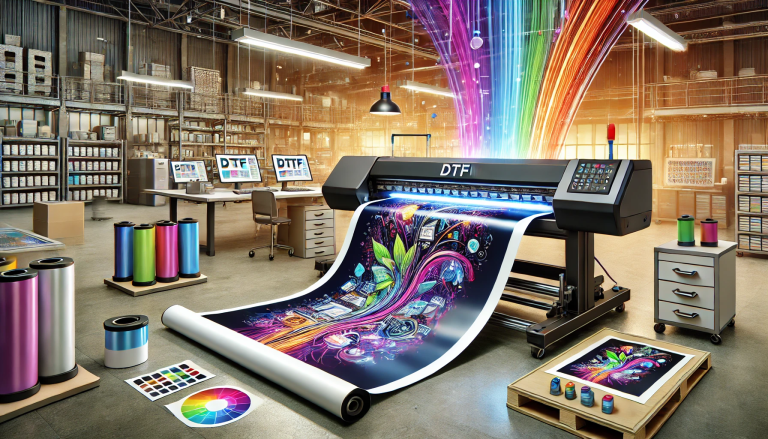“Unveiling the Potential: Can UV DTF Printers Print with White Ink?” -MAXDTF- Transfer DTF UV Decal Factory, UV DTF PET Film Manufacturer, Made in China
Introduction:
In the world of digital printing, technological advancements have paved the way for a diverse array of printing methods, each with its unique capabilities. One such innovation is the UV DTF printer, a versatile tool that has gained traction for its ability to print on a variety of substrates using UV-curable inks. However, a lingering question remains: Can UV DTF printers effectively print with white ink? In this blog, we’ll delve into this intriguing topic and explore the possibilities, benefits, and challenges of using white ink in UV DTF printing.
Understanding UV DTF Printing:
Direct to Film (DTF) printing is a technique that enables vibrant and detailed designs to be directly transferred onto various substrates, such as fabric, leather, plastic, and even ceramics. UV DTF printing utilizes UV-curable inks, which are exposed to ultraviolet (UV) light to instantly cure and adhere to the surface. This process allows for high-quality, durable prints that are resistant to fading and wear.
The Role of White Ink:
White ink serves a crucial role in the world of printing. It is essential for creating intricate designs on dark or colored substrates, providing a base layer that enhances the visibility and vibrancy of subsequent colors. White ink also enables the reproduction of complex details and ensures accurate color representation, making it a valuable tool for UV DTF printing.
Benefits of Using White Ink in UV DTF Printing:
- Vibrant Color Reproduction: White ink acts as a canvas on dark or colored substrates, allowing colors to stand out vividly and maintain their true hue.
- Design Versatility: White ink opens up new design possibilities by enabling the printing of intricate patterns, textures, and gradients on a broader range of substrates.
- Increased Opacity: UV DTF printing with white ink enhances the opacity of the printed image, ensuring that the final result remains consistent and vibrant, even on dark materials.
Challenges and Considerations:
While the benefits of using white ink in UV DTF printing are undeniable, there are some challenges and considerations to keep in mind:
- Ink Compatibility: UV DTF printers need to be equipped with white ink capabilities. Not all printers are designed to handle white ink, so it’s important to choose a printer that supports this feature.
- Printhead Precision: Achieving consistent and precise white ink application requires proper calibration of the printhead, as any deviation can impact the final print quality.
- Material Compatibility: The effectiveness of UV DTF white ink printing may vary depending on the substrate’s texture, color, and composition. Extensive testing may be required to optimize results for different materials.
- Print Order: The order of printing colors, particularly white ink, may affect the final appearance of the design. Proper layering and timing are essential to achieve the desired outcome.
Conclusion:
The incorporation of white ink in UV DTF printing opens up a realm of creative possibilities, enhancing color vibrancy, enabling intricate designs, and expanding the range of printable substrates. While challenges such as ink compatibility and proper calibration exist, advancements in technology are continually addressing these issues. As UV DTF printers evolve, we can expect even greater capabilities in terms of white ink printing, making it an invaluable tool for designers, businesses, and creative enthusiasts seeking to elevate their printing projects to new heights. So, the answer to the question “Can UV DTF printers print with white ink?” is a resounding yes, with the potential for impressive and captivating results.






